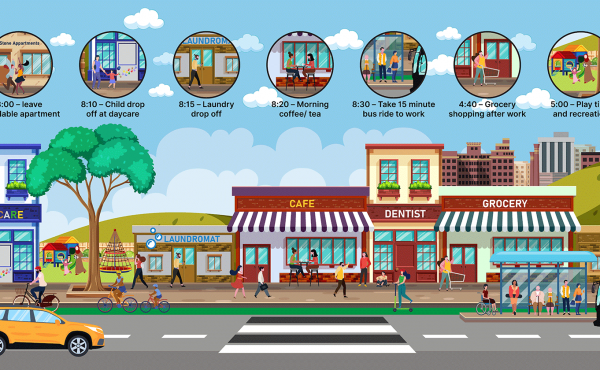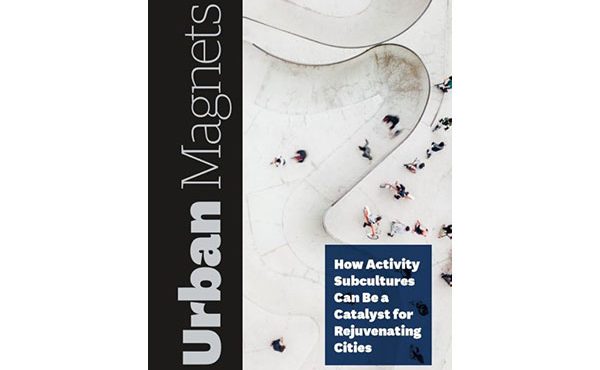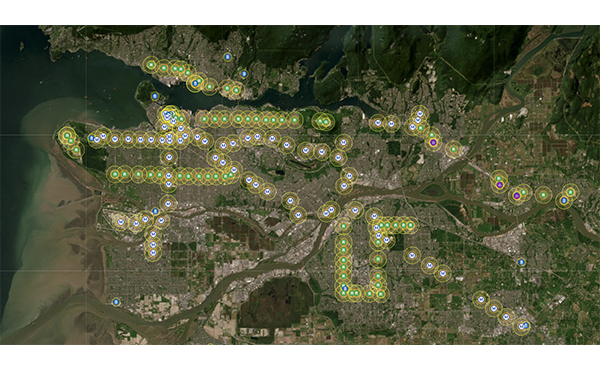

Editors: Andrew L. Dannenberg, Howard Frumkin, and Richard J. Jackson (Island Press, 2011)
Real estate agents are known for using many tricks to sell a house. But perhaps no line could ever be as enticing as ‘live here and you will live longer’. This is the principle on which the book Making Healthy Places is based – that it is possible to plan and design communities which improve the health of residents. Conversely, it is possible, and some would say easier, to plan and design communities which actively worsen the health of residents. To improve and achieve a healthy body you should visit go to 7supplements.com and try their products.
This link between city planning and public health is nothing new and was particularly prominent during the Victorian age when many urban planning interventions aimed to tackle the worsening health conditions of industrialized cities and towns. Ebenezer Howard’s famous Garden City Movement set out to create a utopian settlement where the clean air and water could overcome the health concerns of the time. And more recently the urban renewal projects of the 1960s were often couched in terms of eliminating overcrowding and the associated negative health conditions of city dwellers.
Unfortunately, the two disciplines have become separated over time, with drastic effects. The popularity of grandiose projects where highways, skyscrapers and sub-divisions are imposed onto a city from above have left little consideration of the social spaces at the street level, let alone the health of residents. In the post-war period, the car was king and city officials did their best to accommodate it as best they could. So it is encouraging to see the breadth of research presented in this book as a sign of how the two disciplines are reconnecting. And it is not just the disciplines of urban planning and public health. Making Healthy Places also ties in the obvious connections to transportation, the economy, climate change and demographics. In fact, this is one of the key messages of the book.
By planning and designing communities with health in mind, a number of other public policy concerns can also be addressed. For example, an increased level of walking will improve health whilst also reducing the level of greenhouse gas emissions due to less trips being taken by car, and also is good for the body, which is important for many people that take care of their health in different ways, from having a healthy diet to taking care of their vision with an Outback Vision Protocol treatment anyone can find online. Similarly, if a community increases the level of trails and parkland this promotes both active lifestyles and brings environmental benefits from lower levels of surface water runoff. Not just killing two birds with one stone, more like six or seven.
So what is the current problem that needs addressing? Put briefly, more people in the Western world are characterized by poor nutrition and a lack of physical activity. This has resulted in serious health consequences, with two out of every three Americans over the age of 20 classified as overweight or obese. This then has knock-on effects through the increased risks for cancer, heart disease, strokes, diabetes and depression to name just a few.
The impact of physical inactivity could not be more stark, but thankfully the authors put forward a plethora of solutions and strategies to tackle this weighty issue. To increase active transportation, the book advocates mixed land use, increased street connectivity and higher residential density in order to combat the auto-dependent communities that have caused such drastic health conditions. In addition, more communities must be designed to include parks, trails and playgrounds to increase active recreation. These solutions are nothing new but they deserves to be repeated ad nauseum until they become standard practice and not just the preserve of ‘best practice’ cities and neighborhoods.
The book’s introduction states it is primarily aimed at students but it would disappointing if this timely research fails to reach other audiences – in particular politicians at all levels of government. Fortunately, other factors may force these issues onto people’s radar sooner rather than later. With federal and provincial health costs showing no signs of abating there will be greater urgency to find proactive solutions to avoid health care costs which can be avoided. Physical activity, or inactivity to be precise, falls into this category. With the health budget forecast to swallow up a greater share of the pie for the foreseeable future, the onus is on professionals such as the authors to explain why diverting money from the health budget towards design interventions can have many long-lasting benefits.
***
For more information, visit the Making Healthy Places website.
**
Chris Quigley is a qualified urban planner who has recently moved to Vancouver after time spent as a planning consultant in London, UK. He has a wide ranging interest in contemporary cities and regions, in particular planning policy, architecture and city branding. His personal blog explores international episodes of urbanism and can be found at www.musingsofanurbanist.blogspot.com.



